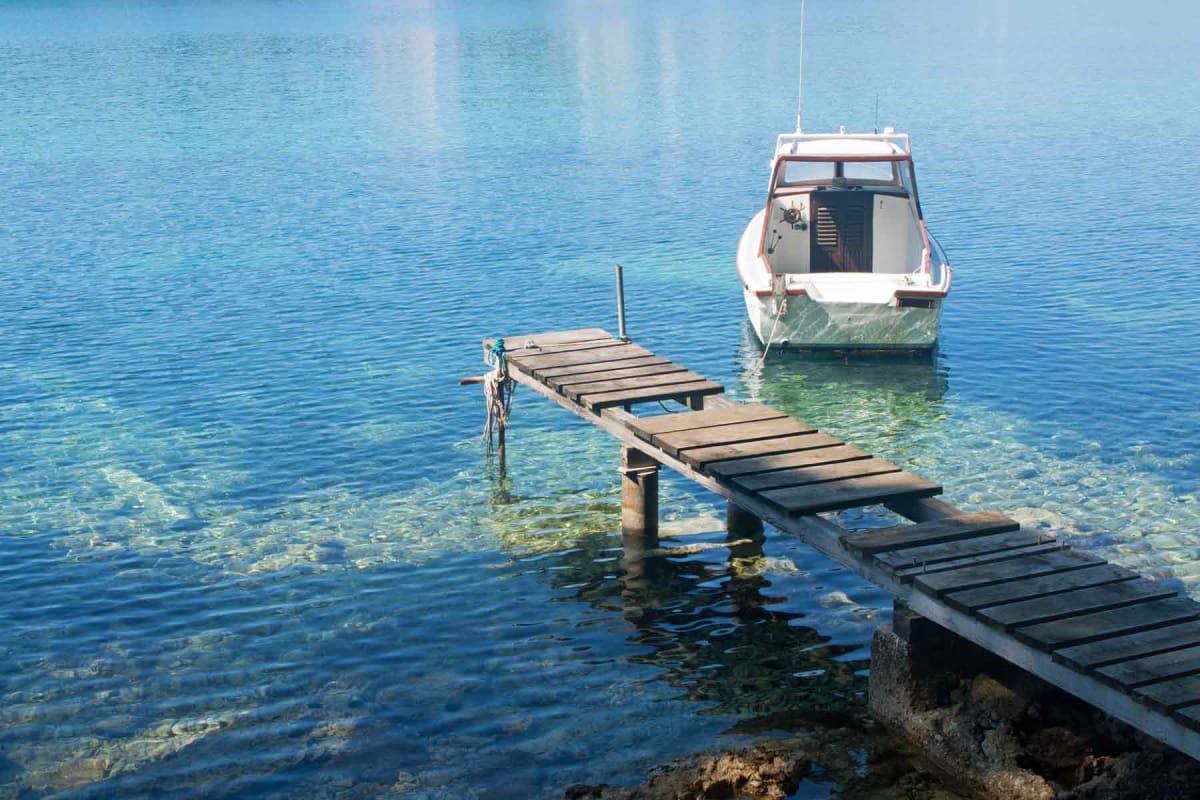Vital Overview to Inexpensive Dock Repairs for Homeowners
Wiki Article
Exactly How to Address Common Dock Fixing Issues for Safe Water Activities

Identifying Common Dock Issues
Recognizing typical dock problems is crucial for keeping the functionality and safety and security of your waterfront building. Routine examinations can help reveal troubles prior to they end up being serious, making sure both the durability of the dock and the safety and security of those that use it.Another common issue is the destruction of flotation protection devices. These tools are important for maintaining the dock resilient, and any damages or leaks can trigger the dock to list or sink. Regularly checking for leakages or water logged floats can preempt more considerable issues.
In addition, algae and barnacle build-up on the dock's surface area can create dangerous and unsafe conditions. This biofouling not only postures a risk to individuals yet can additionally increase the deterioration of the dock materials.
Lastly, checking for indicators of corrosion on steel elements is crucial. Rust can compromise the stability of the dock's structure, making it dangerous. By consistently determining these usual dock problems, you can make sure that your dock remains practical and protected for years to come.
Repairing Rotting Wood
When resolving the issue of decomposing wood on your dock, it is imperative to act swiftly to stop additional damage. Begin by completely examining the entire framework to recognize all affected areas. Use a screwdriver to penetrate the timber; if it sinks in easily, the wood is most likely deteriorated and requires prompt interest.Be sure to reduce back to healthy, strong timber, ensuring you get rid of all jeopardized material. After elimination, treat the staying wood with a wood preservative to protect against future rot.
Following, replace the removed areas with marine-grade lumber or pressure-treated timber, which are much more immune to water damages. Protect the new pieces with stainless-steel or galvanized bolts to stop deterioration. Additionally, applying a waterproof sealant to the new timber can supply an added layer of protection.
Protecting Loosened Boards
How do you ensure your dock stays secure and useful for all its users? One vital element is safeguarding loose boards, which can or else position considerable hazards. Loose boards not just boost the danger of stumbling but can also jeopardize the structural integrity of the whole dock.
For reinstallation, make use of galvanized or stainless steel screws, as these materials provide superior resistance to deterioration find here in marine settings. Make certain the screws are long sufficient to penetrate deep right into the underlying support structure, but not so long that they Going Here extend with the dock's surface area. Pre-drilling pilot holes can assist protect against the timber from splitting.
Lastly, keep a normal inspection schedule to identify and attend to any kind of new issues immediately. By protecting loose boards properly, you add to the general security and durability of your dock, making it a trusted platform for water activities.
Stabilizing Unstable Pilings
Ensuring the security of unstable pilings is critical to keeping a functional and risk-free dock. Utilize a level to inspect for vertical positioning and ensure they are driven deep enough into the substratum to supply adequate assistance.If the pilings are located to be unpredictable, one reliable technique for support is using additional bracing. Cross-bracing with dealt with lumber or galvanized steel can significantly boost stability. Anchor the braces securely to both the pilings and the dock structure to disperse loads evenly.

Routine maintenance and regular review of the pilings' stability are crucial to making sure long-lasting dock safety and capability.
Replacing Rusty Hardware
Addressing unstable pilings is just one element of preserving a dock's stability; one more crucial issue is replacing corroded equipment. Over time, direct exposure to dampness and salt can result in the oxidation and rust of brackets, bolts, and screws, endangering the entire structure's security. Regular inspection for rust is crucial, especially after severe climate or seasonal modifications.When rustic equipment is recognized, prompt action is called for. Begin by selecting marine-grade stainless-steel or galvanized equipment, both made to stand up to the harsh aquatic setting. Make sure that you have the ideal devices, such as wrenches and screwdrivers, to safely get rid of the old, rusty pieces without creating additional damage to the dock.
After eliminating the rustic hardware, extensively clean the impacted areas to remove any type of recurring rust or debris. Apply a rust-inhibiting primer to exposed steel surfaces before setting up the new equipment. Tighten all fixtures firmly to protect against future loosening, and regularly inspect the installations to guarantee ongoing security.
Replacing corroded equipment not only expands the dock's life-span however additionally dramatically enhances the security of water tasks. By proactively taking care of deterioration, you secure both the structure and its weblink customers, making sure a satisfying and safe and secure waterside experience.
Conclusion
Routine examinations and maintenance are important to resolve typical dock repair work issues and guarantee safe water tasks. Such aggressive measures contribute to the overall safety and security and functionality of dock structures, cultivating a secure environment for water-based tasks.Guaranteeing the safety and security of water activities pivots significantly on the appropriate maintenance and repair service of docks (Dock Repairs). These devices are crucial for maintaining the dock resilient, and any kind of damages or leaks can create the dock to list or sink. By regularly determining these usual dock issues, you can ensure that your dock stays functional and safe and secure for years to come
Making certain the stability of unstable pilings is extremely important to preserving a useful and secure dock.Regular inspections and upkeep are vital to attend to usual dock repair service problems and make sure secure water tasks.
Report this wiki page